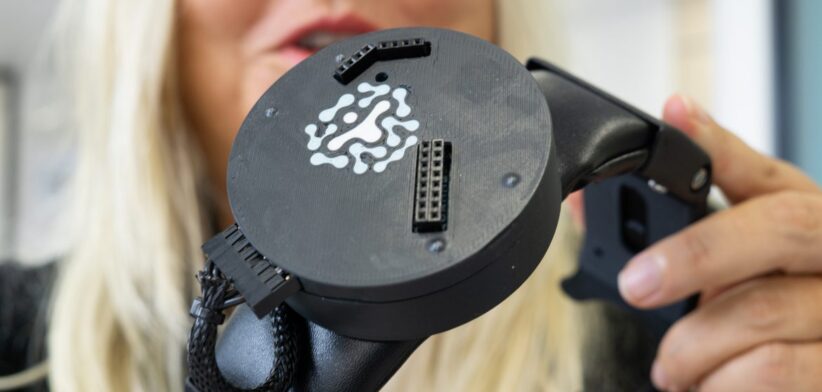An interactive game that trains people to alter their brain waves is offering hope of new drug-free treatments for nerve pain.
The game is part of PainWaive, a drug-free treatment for nerve pain developed by UNSW.
Study co-lead Professor Sylvia Gustin said researchers combined a game-like app and a brain-monitoring headset to allow users to regulate the abnormal brain activity linked to chronic nerve pain.
Professor Gustin said it offered a potential in-home, non-invasive alternative to opioids.
She said the first trial of the treatment had delivered promising results with the study comparing hundreds of measures across participants’ pain and related issues like pain interference before, during and after four weeks of interactive game play.
“Their brain activity was tracked via EEG (electroencephalogram) headsets, with the app responding in real time to shifts in brainwave patterns.”
Professor Gustin said three out of the four participants showed significant reductions in pain, particularly nearing the end of the treatment.
“Overall, the pain relief achieved by the three was comparable to or greater than that offered by opioids.”
She said the PainWaive project built on her on research into changes in the brain’s thalamus – a central relay hub in the brain – associated with nerve (neuropathic) pain.
“The brainwaves of people with neuropathic pain show a distinct pattern: more slow theta waves, fewer alpha waves, and more fast, high beta waves.
“We believe these changes interfere with how the thalamus talks to other parts of the brain, especially the sensory motor cortex, which registers pain.”
Read the full study: The effect of an EEG neurofeedback intervention for corneal neuropathic pain: A single-case experimental design with multiple baselines.








